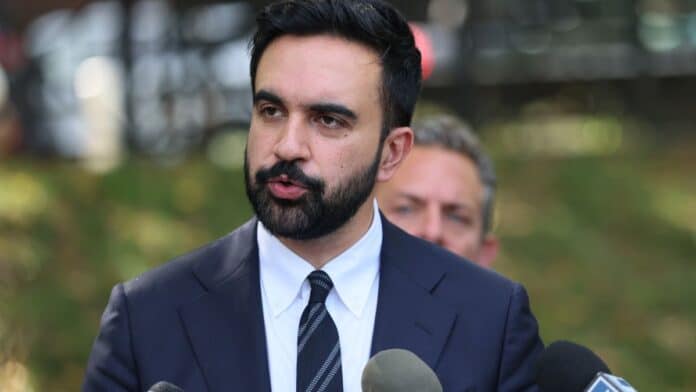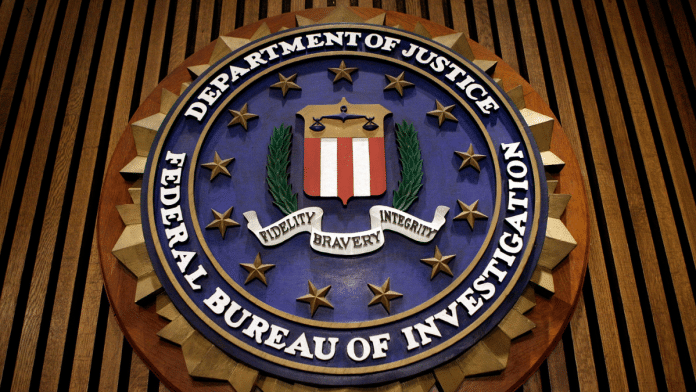A growing network of international organizations is advocating for minors to access assisted suicide, prompting serious concerns about the erosion of parental rights and protections for vulnerable children. In nations like Canada, Belgium, and the Netherlands, laws are already expanding to permit medically assisted death for children under certain conditions.
In Canada, discussions continue around expanding MAID—Medical Assistance in Dying—to “mature minors.” The case of 18-year-old Markus Schouten, who died of cancer and opposed the extension of MAID to children, has gained national attention. His parents now speak out against efforts to allow minors access to assisted suicide.
According to research cited in the report, at least 96 pro-euthanasia organizations are working globally under names such as “Dying with Dignity” or “Final Exit.” These groups argue that choosing death is a human right and that minors, under the “mature minor doctrine,” should be allowed the same autonomy as adults when it comes to end-of-life decisions.
In Europe, the Netherlands allows euthanasia for children as young as one year old in cases of severe suffering. Belgium permits it with parental consent, and the debate is gaining traction in other countries, including the United Kingdom. A recent vote in the British House of Commons narrowly supported a ban on doctors initiating discussions about assisted suicide with youth—showing the division even among lawmakers.
While assisted suicide for minors is not currently legal in the United States, similar arguments are appearing in other areas of healthcare, including gender transitions and reproductive rights, where “mature minor” standards are used to bypass parental involvement. This precedent raises the possibility that assisted suicide advocates could soon apply the same legal framework in American states.
Critics argue these changes place immense emotional and ethical burdens on children and remove vital safeguards intended to protect vulnerable individuals from coercion or despair-driven decisions. Data from Canada shows over 15,000 deaths in 2023 involved MAID—roughly 1 in 20 nationwide—highlighting how quickly such programs can expand.
Medical and legal professionals warn that psychiatric illness, developmental disorders, and temporary emotional crises are among the conditions being considered under these evolving policies, putting young people at heightened risk.
Policymakers and parents alike face a growing need to scrutinize these efforts and ensure that laws prioritize care, accountability, and protection over irreversible outcomes.















